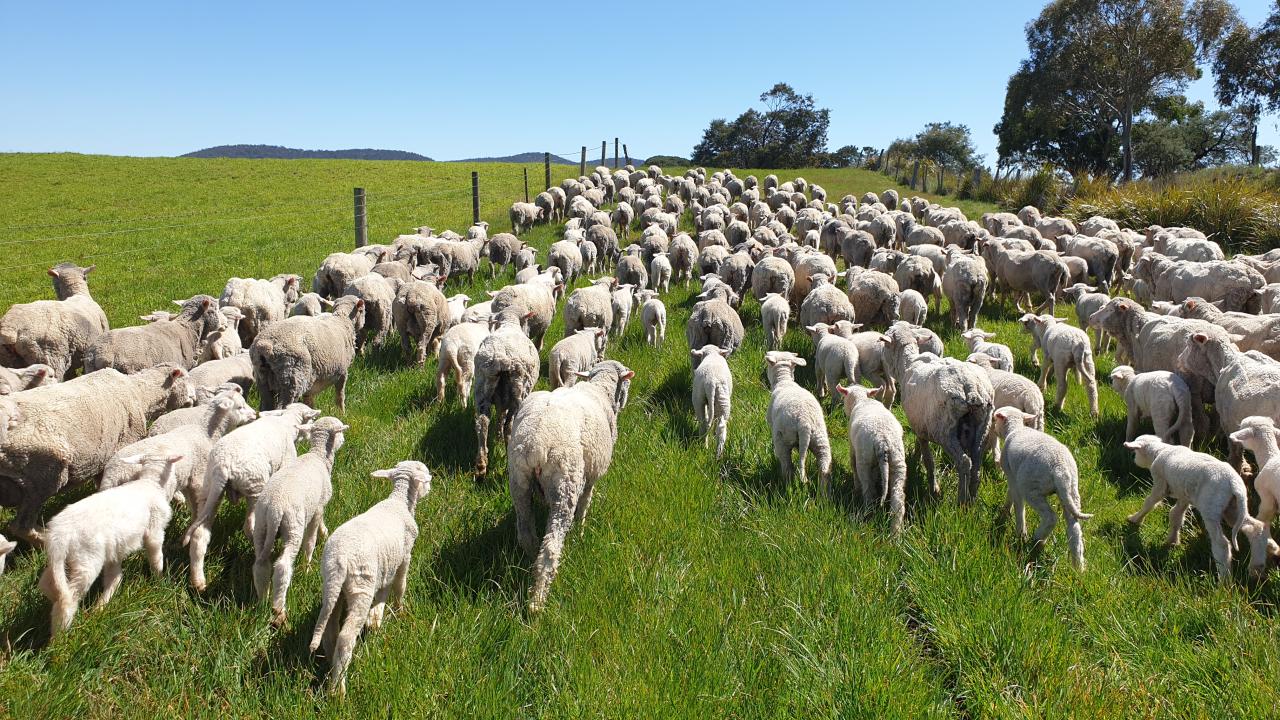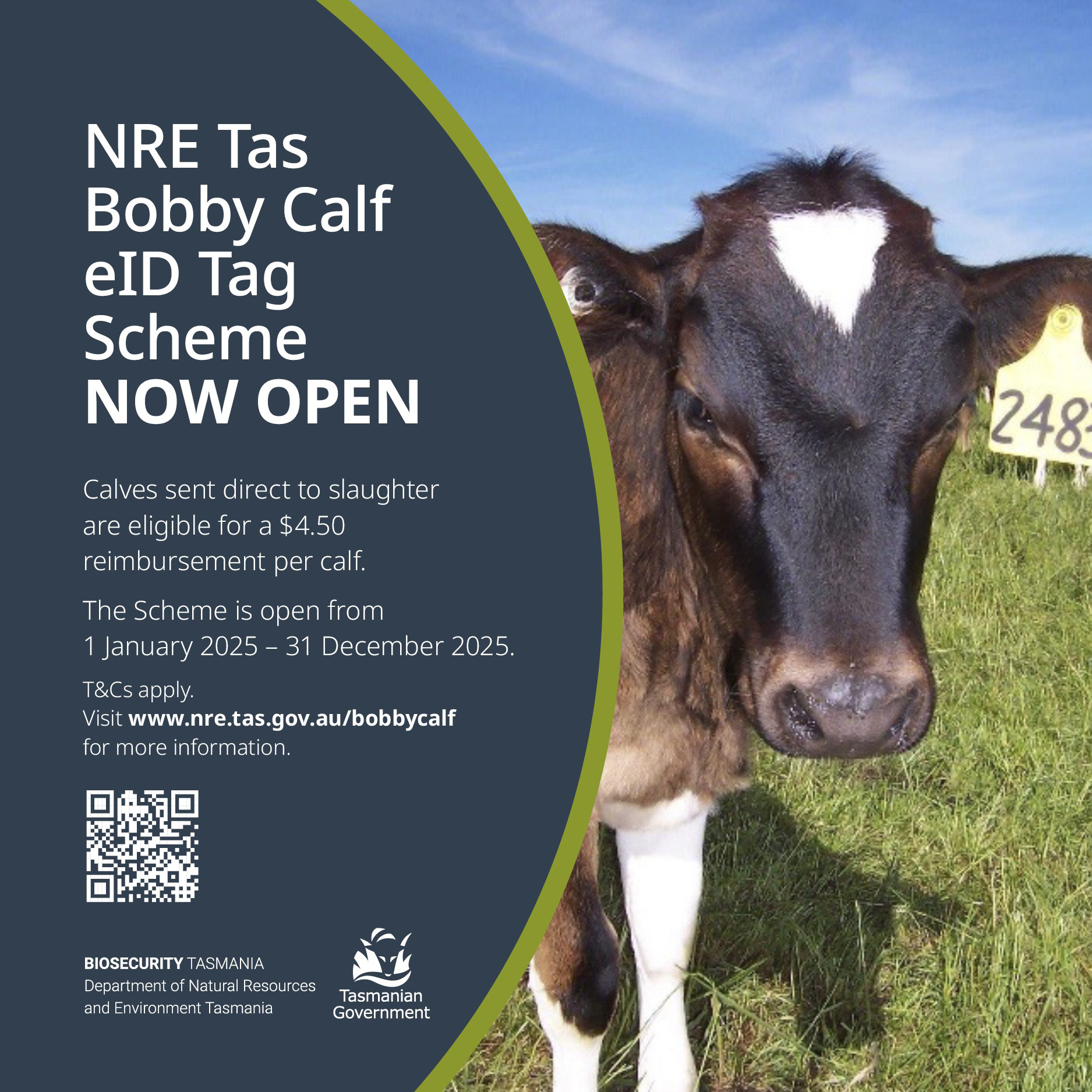Dry alert for lamb prices

I SPENT a few days last week in South Australia and I tell you first hand, it is dry!!
I didn’t get into that state’s mid-North but I am led to believe they are experiencing one of their worst springs ever, with most crops a total wipeout and the chance of producing prime lambs or cattle near zero.
Southeastern South Australia and through much of Western Victoria is in a poor season and this will have a big impact on the numbers of prime new season’s lambs and prime cattle coming forward between now and Christmas.
If you are wondering why we talk about interstate seasons, it is because it has a direct effect on the prices that Tasmanian producers will receive.
The most topical is the lamb supply from now to Christmas, when historically we see big numbers of lambs, particularly into the Hamilton and Ballarat saleyards in Victoria.
Lamb prices in Victoria, South Australia and NSW have held up remarkably well with most averages around 800c/kg carcass weight.
This means a heap of finished new seasons lambs are making $180 to $240 per head, around double the price this time last year.
Rural Bank tips prices to slip over the next few weeks as more lambs come to the market, but it has two bob each way, saying the poor season in many lambproducing areas will impact the numbers coming forward.
It will be an interesting watch! Many crops have been badly frosted in South Australia, NSW and Victoria and as a result are already being cut for hay. This in turn will encourage finishers and feeders to buy lambs to add weight, which is likely to put a good floor in the light and medium weight lamb markets.
On overseas markets, Australian beef exports for the September quarter were the highest on record and 16 per cent higher than the same period last year.
Our largest market was into the US, up 52 per cent on last year. It is nteresting to note that we have reached the tariff quota limit into China for 2024, which will bring a lull into that market until mid-December. Lamb exports for the quarter eased 13 per cent while mutton rose 33 per cent.
This is in line with the weekly slaughter figures that show lamb kill down 11 per cent and mutton up 27 per cent.
The US remains our biggest market for lamb and China the biggest mutton client.
The biggest improver was the Middle East and North Africa with lamb exports up 9 per cent and mutton up 43 per cent on last year.
Tim Jackson, Meat and Livestock Australia analyst, says year-to-date lamb and mutton exports are the highest on record by a large margin and 2024 lamb and mutton slaughter volumes are on track to be the highest on record.




Add new comment